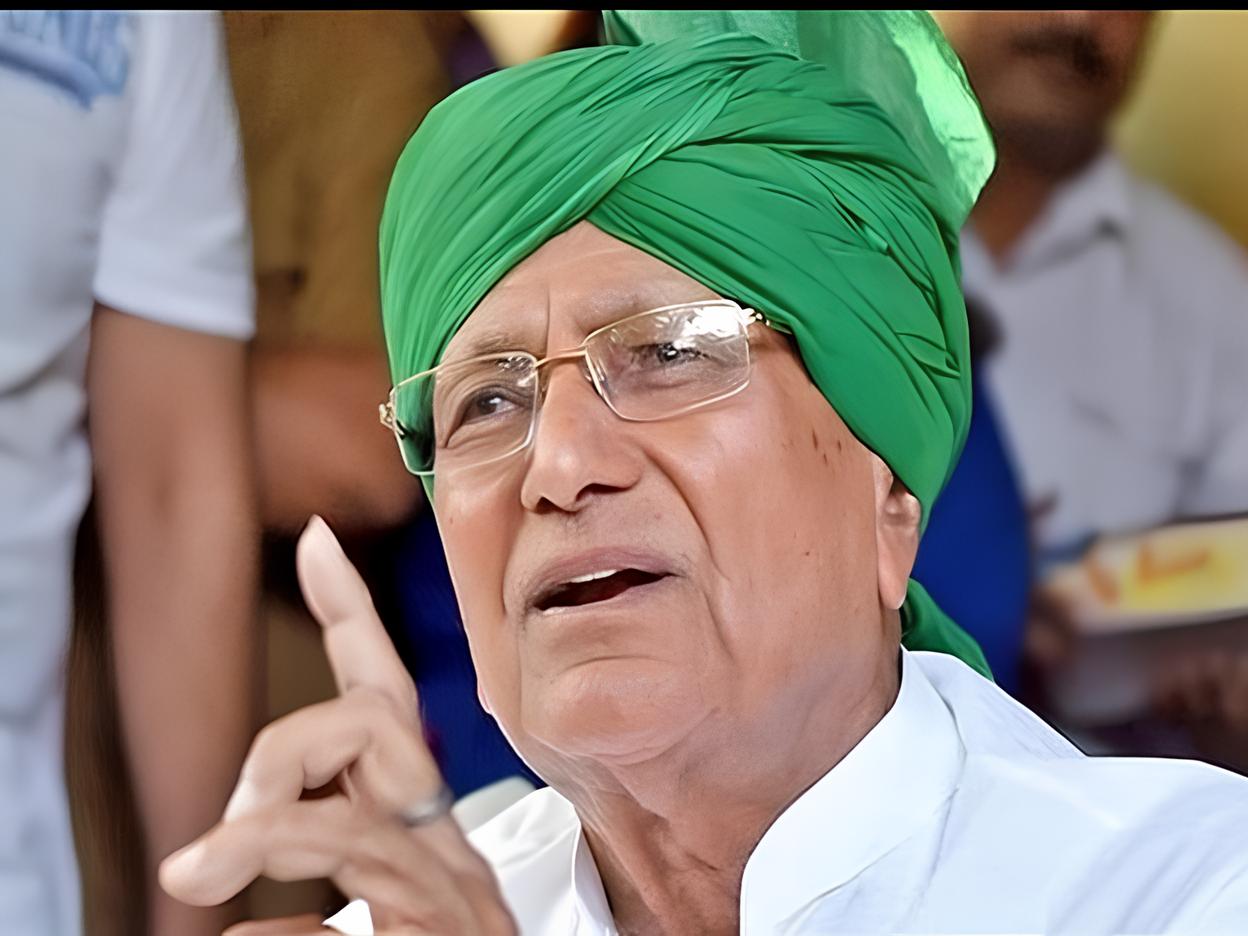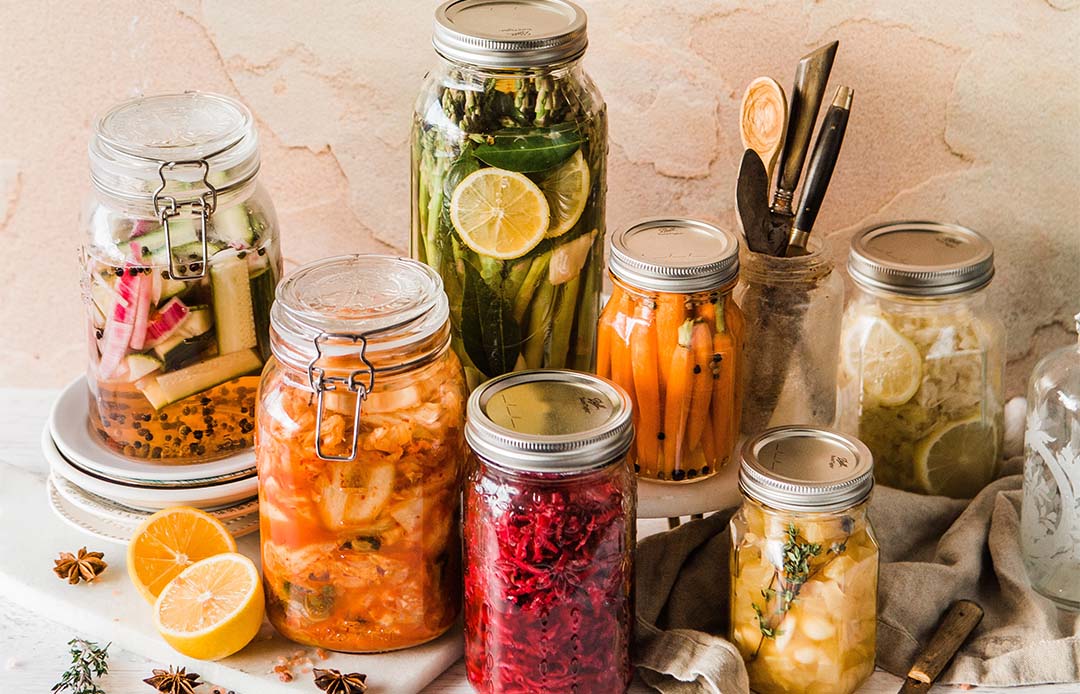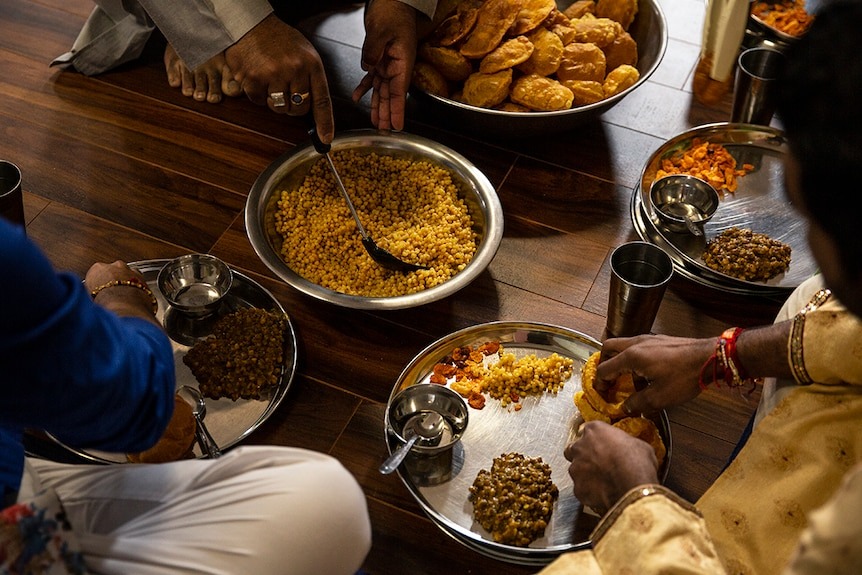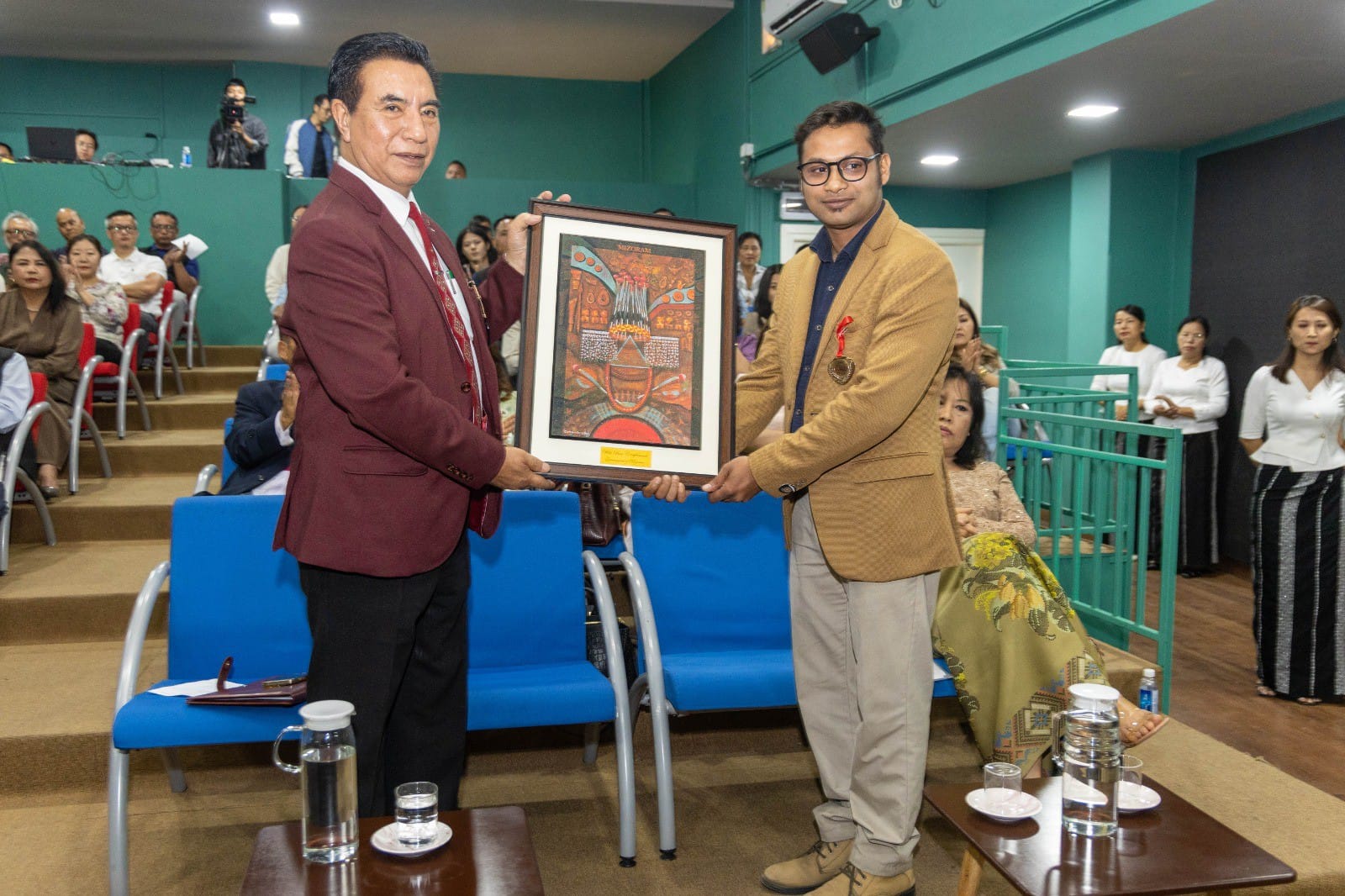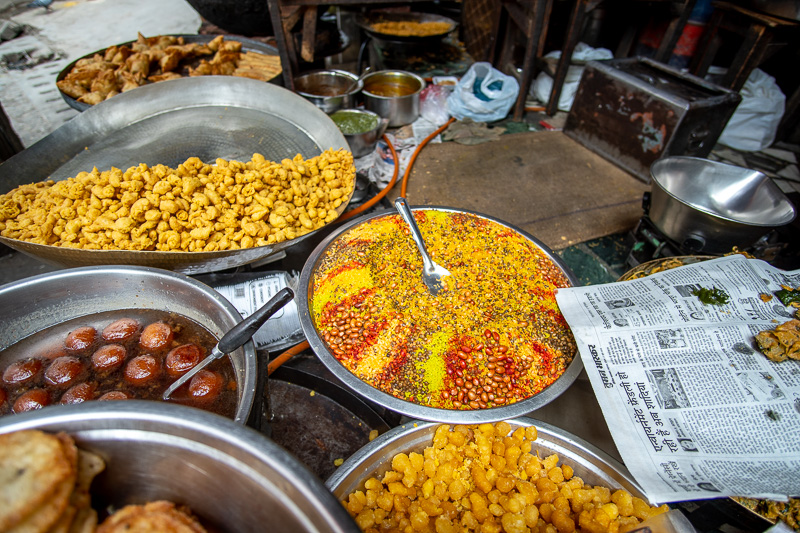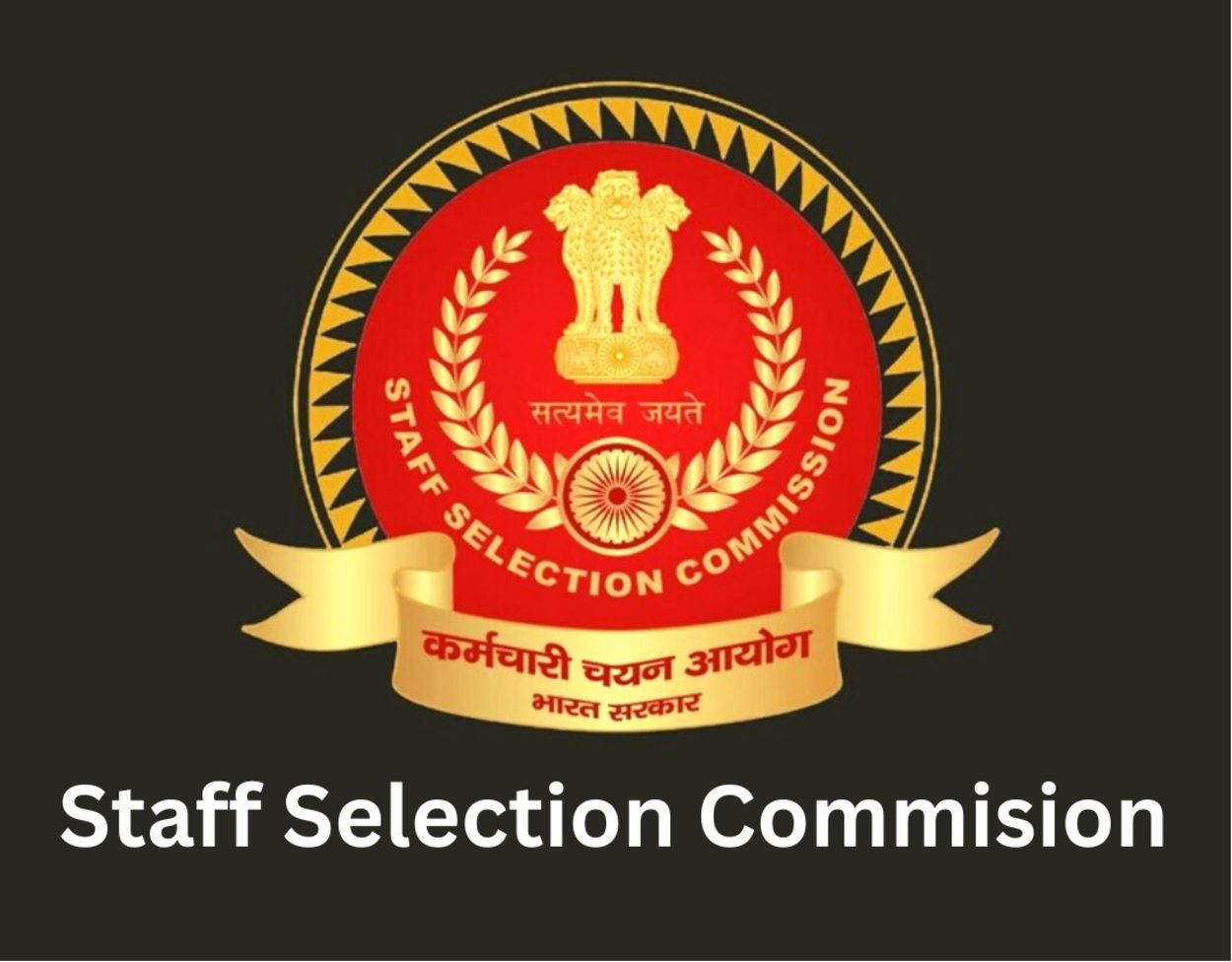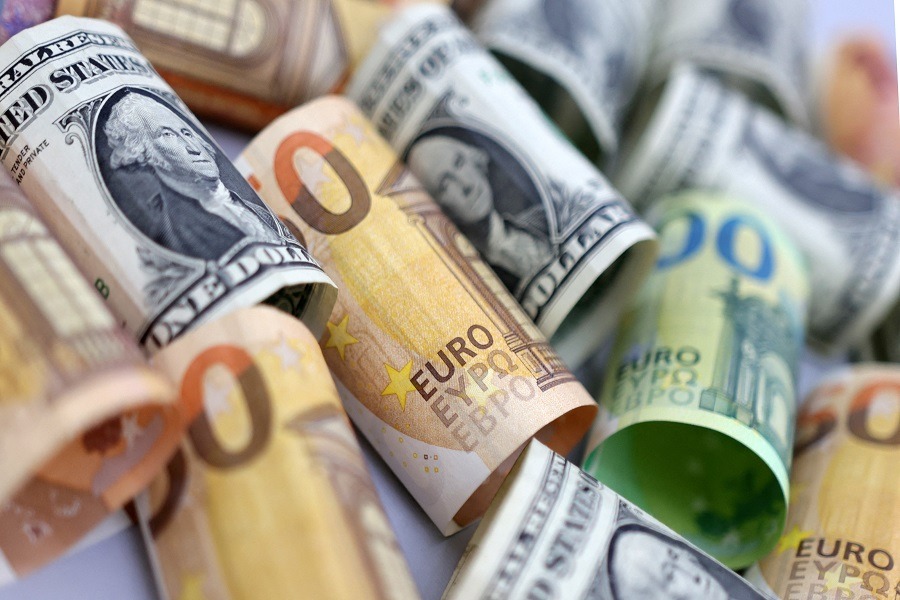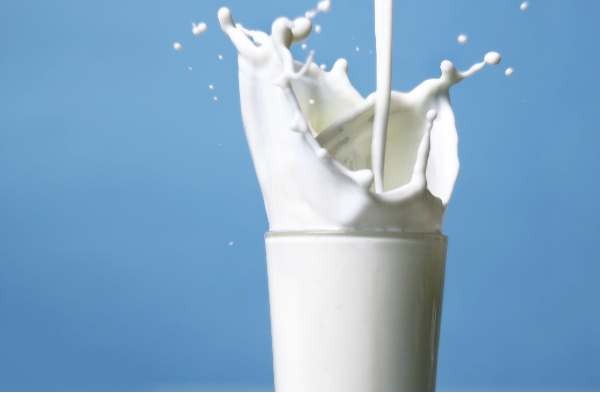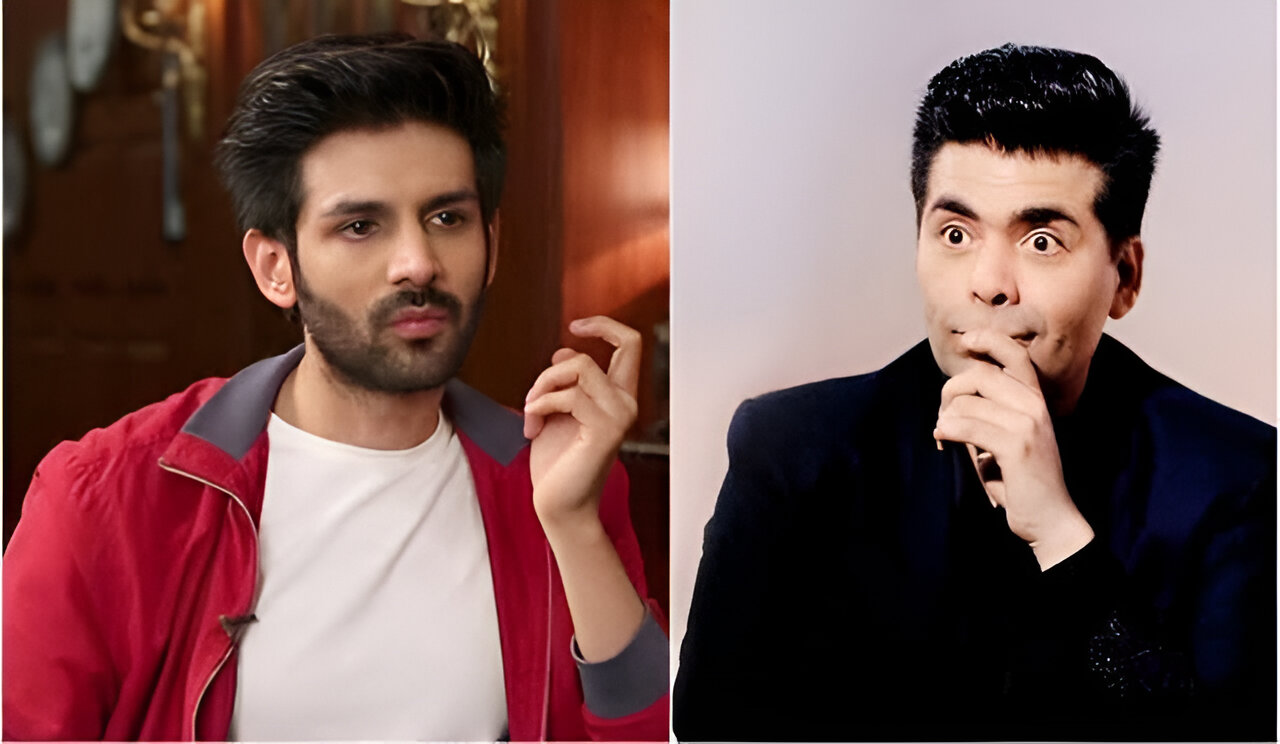Did you know that the “Potato” in your beloved samosa is not an Indian crop?
- ByAnup Dey
- 20 Dec, 2024
- 0 Comments
- 2
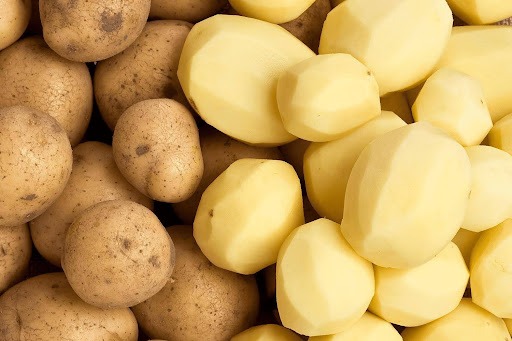
The potato, now integral to Indian cuisine, has a storied journey from its origins in South America to its widespread adoption across India. Native to the Andes Mountains, potatoes were first cultivated by the Inca Indians in Peru between 8,000 and 5,000 B.C.
Spanish explorers introduced the potato to Europe in the late 16th century, where it gradually gained acceptance. In the 17th century, European colonial powers, notably the Portuguese and the British, brought the potato to the Indian subcontinent. The Portuguese introduced it along the Malabar Coast, but its cultivation remained limited to that region. It was the British East India Company in the 18th century that significantly promoted potato cultivation, particularly in Bengal and northern India. They encouraged local farmers to grow potatoes, viewing the crop as a means to prevent famines and as a justification for colonial rule.
Indian farmers and cooks embraced the potato for its versatility and adaptability to various climates and soils. It seamlessly integrated into diverse regional cuisines, complementing traditional dishes and even becoming a staple in many. For instance, in Bengal, diced potatoes were incorporated into 'mochar ghonto' (banana blossom stir-fry), enhancing its texture and flavor.
Over time, the potato transcended its foreign origins to become a beloved ingredient in Indian kitchens. Its ability to absorb flavors made it a favorite in vegetarian and non-vegetarian dishes alike. Today, from 'aloo paratha' in the north to 'masala dosa' in the south, the potato is indispensable in Indian gastronomy, symbolizing the country's rich history of culinary assimilation and innovation.
Post a comment
What happens when you drink water after dessert?
- 10 Mar, 2025
- 2
Fermentation’s Evolution: Science, Culture, and Health
- 22 Mar, 2025
- 3
Why Don't Jains Eat Onion and Garlic?
- 09 Apr, 2025
- 2
Lost tribal sounds. An ancient flute. And Mizoram’s CM leading...
- 19 Apr, 2025
- 3
Street food goes global: how dosas, chaat & more are...
- 01 May, 2025
- 3
Categories
Recent News
Daily Newsletter
Get all the top stories from Blogs to keep track.





